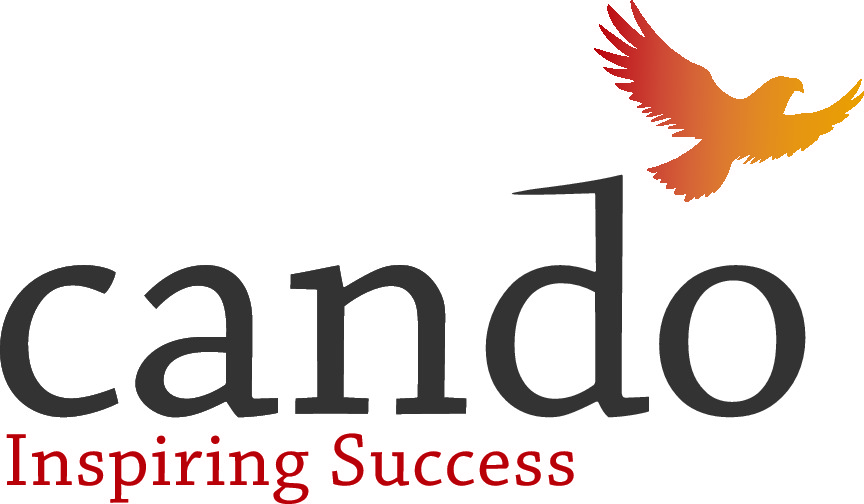Developing Communities In Northern Saskatchewan: Women and Youth in Aboriginal Community Development
DOI:
https://doi.org/10.29173/jaed306Keywords:
Age differences, Business And Economics, Citizen participation, Community development, Community involvement, Economic conditions, Economic development, Education, Educational attainment, Ethnic Interests, Gender differences, Indigenous peoples, Labor force, Labor market, Native North Americans, Native women, Northern communities, Polls & surveys, Research, Roles, Unemployment, Women, YouthAbstract
Scholars interested in Aboriginal community development have paid little attention to the important roles and contributions of women and young people. An extensive quantitative survey - the first such survey undertaken - provides valuable insights into the views and activities of Northern Saskatchewan Aboriginal residents. By assessing the extent of community participation and the support of residents for community engagement, this study demonstrates a deep and broad commitment to working at the community level. The study also shows stark differences between onand off-reserve populations: on-reserve members have a very homogenous pattern of community engagement, while off-reserve Aboriginal people demonstrate significant differences by age and gender. These findings have important implications for the understanding and implementation of Aboriginal community development.
Downloads
References
Ballantyne, P., P. Brook, P. Burns, D. Connolly, G. Charles, W. Charles, D. Elias, I. Feitz, J. Hardlotte, R. Hardlotte, P. Jobb, S. Jobb, D. McLeod, A. Merasty, D. Merasty, S. Merasty, H. Morin, A. Ray, R. Ross & H. Sewap. (1976). THE LAND ALONE, ASKI — PUKO. Regina: Federation of Saskatchewan Indian Nations, Saskatchewan Indian Federated College, University of Regina.
Boldt, Menno. (1993). Surviving as Indians. Toronto: University of Toronto Press.
Brizinski, Peggy. (1998). Knots in a String: An Introduction to Native Studies in Canada. Saskatoon: University Extension Press.
Cornell, Stephen, & Joseph P. Kalt. (1995). “Where Does Economic Development Really Come From? Constitutional Rule Among the Contemporary Sioux and Apache”. Economic Inquiry, 33(3): 402–26.
Cornell, Stephen. (1998) “Sovereignty and Nation-Building: The Development Challenge in Indian Country Today”. American Indian Culture and Research Journal, 22(3): 187–214.
Findlay, Isobel M., & Wanda Wuttunee. (2007). Aboriginal Women’s Community Economic Development: Measuring and Promoting Success. Montreal: Institute for Research on Public Policy.
Hall, Michael, David Lasby, Steven Ayer & William David Gibbons. (2009). Caring Canadians, Involved Canadians: Highlights from the 2007 Canada Survey of Giving, Volunteering and Participating. Ottawa: Statistics Canada.
Harell, Allison. (2009). “Equal Participation but Separate Paths?: Women’s Social Capital and Turnout”. Journal of Women, Politics & Policy, 30(1): 1–22.
Krouse, Susan Applegate. (2003). “What Came out of the Takeovers: Women’s Activism and the Indian Community School of Milwaukee”. American Indian Quarterly, 27(3&4): 533–47.
Krouse, Susan Applegate, & Heather Howard-Bobiwash. (2003). “Preface: Keeping the Campfires Going: Urban American Indian Women’s Community Work and Activism”. American Indian Quarterly, 27(3&4): 489–90.
Leacock, Eleanor, & Richard Lee (eds.). (1982). Politics and History in Band Societies. Cambridge: Cambridge University Press.
Leavitt, Jacqueline. (2003). “Where’s the Gender in Community Development?” Signs: Journal of Women in Culture and Society, 29(1): 207–31.
Lithman, Yngve. (1984). The Community Apart: A Case Study Of A Canadian Indian Reserve Community. Winnipeg: University of Manitoba Press.
Lowdnes, Vivien. (2004). “Getting On or Getting By? Women, Social Capital and Political Participation”. British Journal of Politics and International Relations, 6: 45–64.
Mignone, Javier. (2003). Measuring Social Capital: A Guide for First Nations Communities. Ottawa: Canadian Institute for Health Information.
Minore, Bruce, & Mae Katt. (2007). “Aboriginal Health Care in Northern Ontario: Impacts of Self-Determination and Culture”. Institute for Research on Public Policy, 13(6): 1–22.
Northern Labour Market Committee. (2009). Northern Saskatchewan Regional Training Needs Assessment Report 2009–2010. La Ronge: Northlands College.
Poelzer, Dolores T., & Irene A. Poelzer. (1986). In Our Own Words: Northern Saskatchewan Métis Women Speak Out. Saskatoon: Lindenblatt and Hamonic Publishing Inc.
Putnam, Robert. (1993). Making Democracy Work: Civic Traditions in Modern Italy. Princeton: Princeton University Press.
Silver, Jim. (2007). Unearthing Resistance: Aboriginal Women in the Lord Selkirk Park Housing Developments. Winnipeg: Canadian Centre for Policy Alternatives — Manitoba.
Silver, Jim, Parvin Ghorayshi, Joan Hay & Darlene Klyne. (2006). In a Voice of Their Own: Urban Aboriginal Community Development. Winnipeg: Canadian Centre for Policy Alternatives — Manitoba.
Tobias, T., & J.J. Kay. (1994). “The Bush Harvest in the Northern Village of Pinehouse”. Arctic 47(3): 207–21.
Tolbert, Charles M., Thomas A. Lyson & Michael D. Irwin. (1998). “Local Capitalism, Civic Engagement, and Socioeconomic Well-Being”. Social Forces, 77(2): 401–27.
Weibel-Orlando, Joan. (2003). “Introduction”. American Indian Quarterly, 27 (3&4): 491–504.
Wiseman, Nelson. (2007). In Search of Canadian Political Culture. Vancouver, BC: UBC Press.
Downloads
Published
Issue
Section
License
Copyright (c) 2011 Cando

This work is licensed under a Creative Commons Attribution-NonCommercial-NoDerivatives 4.0 International License.




